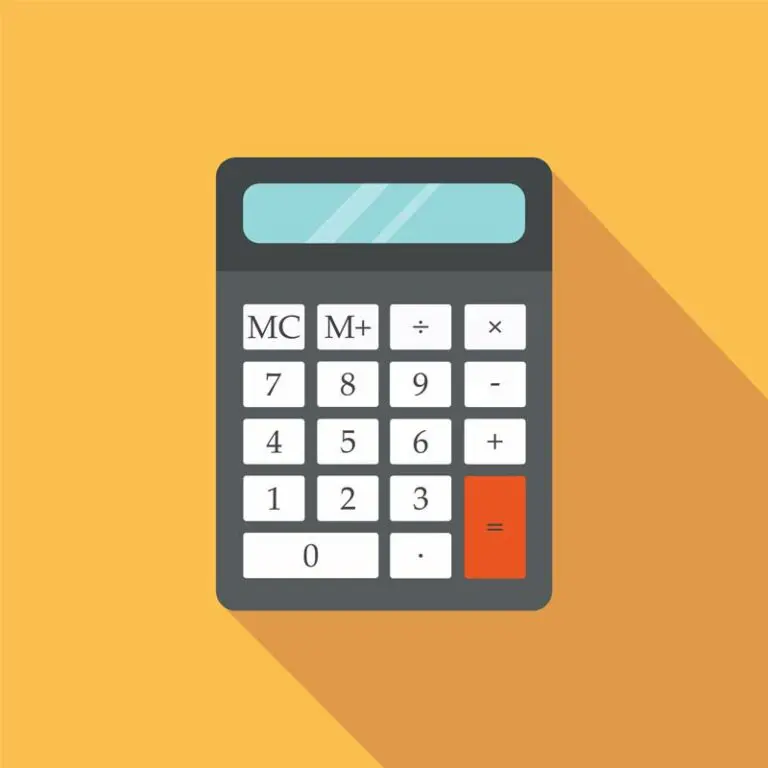Mortgage Calculators UK
Use our selection of mortgage calculators to help make a calculated decision on your financial goals regarding your property.
Home » How To Get A Mortgage » Mortgage Calculator UK » Rental Yield Calculator UK
Rental Yield Calculator
Calculating a rental yield ratio is a key factor that mortgage lenders consider when deciding whether to approve buy-to-let mortgages. Effectively, this percentage reveals how much of an investment return one can expect from their rented property over time – providing prospective landlords with the assurance they need to make sound financial decisions.
By using a rental yield calculator, banks can quickly gauge the projected income of particular properties to determine if borrowers may handle mortgage payments. The below calculator makes it even easier for potential investors to analyse their buy-to-let investments and consider their respective yields. Greater rental yields mean an enhanced chance of being approved for a buy-to-let mortgage. Fill in our easy-to-use calculator below and then get in touch for fee-free advice on the best lenders for your buy-t-let investment.
Learn more about Rental Yield for Buy To Let Investments
Net Rental Yield
The formula for working out a buy-to-let investments net rental yield is:
Net Rental Yield = (Annual Rental Income / Property Value) x 100
For example, if a property is valued at £200,000 and it generates an annual rental income of £12,000, the rental yield would be:
Net Rental Yield = (£12,000 / £200,000) x 100 = 6%
This calculation does not reflect any fees related to maintenance, taxes, or mortgage payments that must be taken into consideration before committing to a purchase. Consequently, it is indispensable that all aspects involved in owning a buy-to-let property are thoroughly analysed prior to making an informed decision.
Net Rental Yield Calculator
Gross Rental Yield
The formula for working out a buy-to-let investments gross rental yield is:
Gross Rental Yield = (Annual Rental Income – Expenses / Property Value) x 100
Let’s use the same example as above but with expenses of £1500 for the year. If the property is also valued at £200,000 and generates an annual rental income of £12,000, the rental yield would be:
Gross Rental Yield = (£12,000 – £1500 / £200,000) x 100 = 5.25%
When working out the gross rental yield it is essential to take into account all associated expenditures and costs when deciding on an investment.
When you calculate either rental yields you must base it on the value of the property and income from the rental, but neither of these two factors remains consistent yearly.
Gross Rental Yield Calculator
Our Fee-Free Mortgage Advisors do everything for you!
-
100% FREE mortgage support and advice - We submit the mortgage application for you
- Team of expert online mortgage advisers
- Amazing communication via WhatsApp, email and SMS.
- Access to 90+ UK mortgage lenders
Frequently Asked Questions
What is rental yield?
Want to understand the financial return for a property you’re renting out? Rental yield provides an answer. This measure of profitability is derived by dividing the annual rental income generated by your cost and associated fees, expressed as a percentage. Knowing your rental yield gives insight into how well you are leveraging investments with rentals.
For example, if a property generates £10,000 in annual rental income and was purchased for £200,000, the rental yield would be 5% (i.e. £10,000 ÷ £200,000 = 0.05 or 5%).
Investment property yields are a vital statistic for investors, as it can reveal the potential returns associated with their investment. A rental yield that is high would indicate that one’s real estate asset produces more income compared to its worth – which presents an opportune sign of profitable investing.
Nevertheless, rental yield is only one element to examine when deliberating on a real estate investment. Other crucial components include capital growth prospects, upkeep costs and the local renting landscape – all of which should be factored into your choice for an informed decision.
What is a good rental yield
A “good” rental yield is usually considered to be 5-8% or more, depending on the location and kind of property. More specifically, rental yield measures how much revenue a given piece of real estate generates in relation to its value.
If you’re looking to invest in a property, it’s important to consider rental yield as one of your metrics. A higher rental yield indicates that the investment will generate more relative income than its value, potentially pointing towards an especially profitable venture. However, don’t forget other key considerations such as potential capital growth and maintenance costs- not to mention taking into account local market trends!
It’s worth mentioning that rental yields can differ dramatically based on the type of property and its location. For instance, properties located in sought-after areas like major cities may have lower returns as a result of their expensive prices, while those situated in less popular regions tend to yield higher profits due to more affordable costs.
By taking into account all the relevant factors and performing comprehensive research, any investor can determine what constitutes a “good” rental yield that is in line with their personal goals and preferences. Investing in properties without such consideration could lead to disappointing returns.



